10 Best Hydrastis Canadensis Preparations

The best medicinal preparations of Hydrastis canadensis are teas, tinctures, decoctions, syrups, and capsules, each offering unique benefits for digestive and immune support.
Teas made from the dried root are commonly used to promote digestion and reduce inflammation.
Tinctures provide a concentrated form that can be taken in small doses for rapid absorption.
Decoctions involve simmering the root to extract its active compounds, often used for more potent effects.
Syrups and capsules offer convenient and consistent dosing for daily use.
These preparations have been traditionally valued for their therapeutic properties in herbal medicine.
Below there's a list of the 10 best herbal preparations of hydrastis canadensis for medicinal purposes.
- 1. Teas
- 2. Tinctures
- 3. Decoctions
- 4. Syrups
- 5. Capsules
- 6. Lozenges
- 7. Creams
- 8. Linctuses
- 9. Mucillages
- 10. Oinments
1. Teas
Hydrastis canadensis teas is commonly used to support digestive health, treat skin conditions, and promote oral hygiene.
It is frequently employed to alleviate symptoms of indigestion, ulcers, and inflammation of the gastrointestinal tract. The tea is also used for its antimicrobial properties to address oral infections and gum diseases. The bioactive constituents responsible for these effects include berberine, hydrastine, canadine, and other alkaloids that exhibit antimicrobial, anti-inflammatory, and antioxidant activities.
These compounds contribute to its traditional use in treating a variety of ailments, from digestive disorders to skin infections.
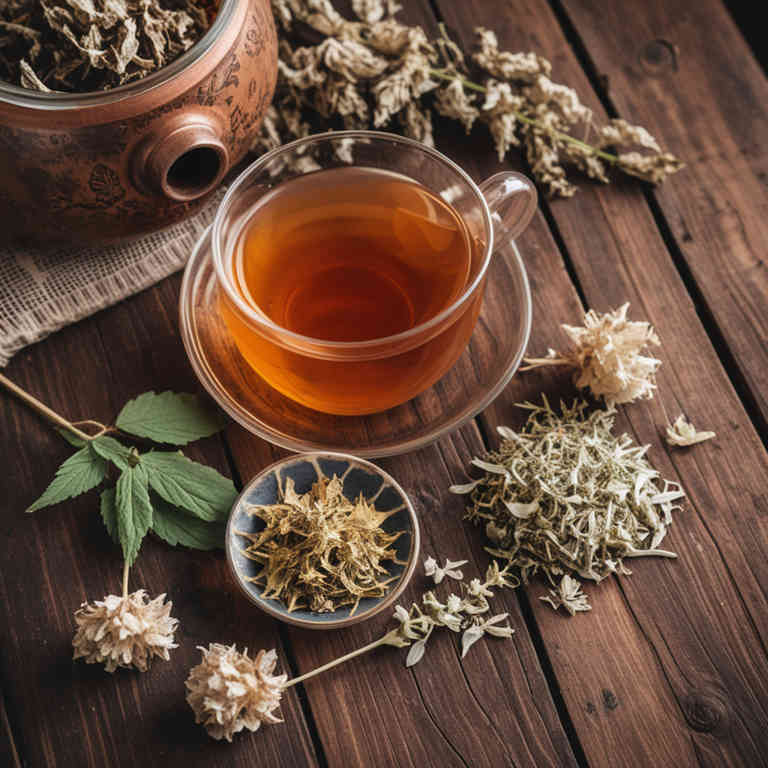
2. Tinctures
Hydrastis canadensis tinctures is commonly used to treat digestive issues, skin conditions, and infections due to its potent medicinal properties.
These tinctures are frequently employed for ailments such as peptic ulcers, gastritis, and inflammatory skin disorders like eczema and psoriasis. The bioactive constituents responsible for these effects include berberine, hydrastine, canadine, and other alkaloids that exhibit antimicrobial, anti-inflammatory, and astringent properties. Berberine, in particular, is known for its ability to inhibit bacterial growth and support gut health.
Additionally, these compounds may contribute to the plant's traditional use in promoting wound healing and reducing digestive discomfort.
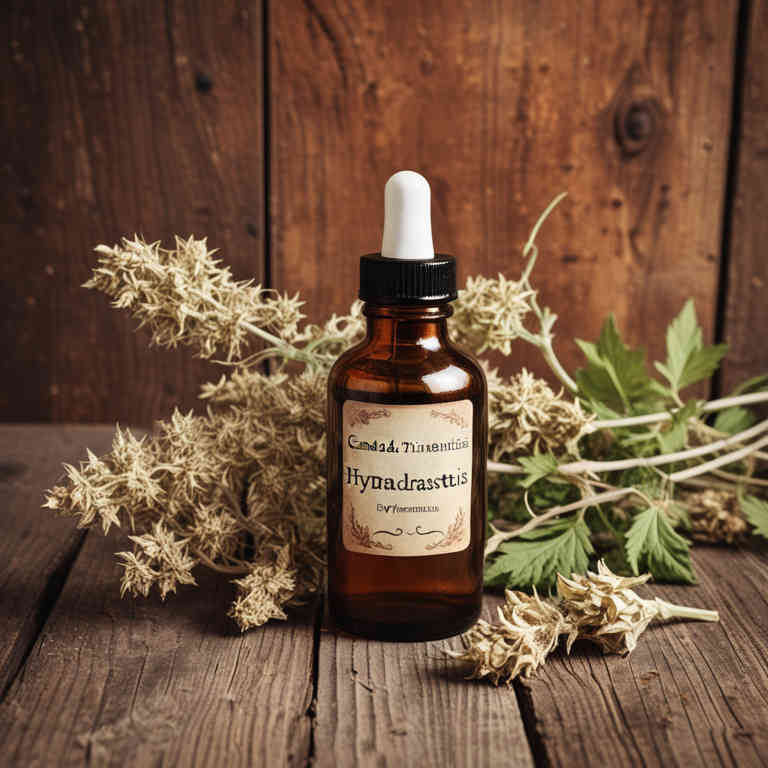
3. Decoctions
Hydrastis canadensis decoctions is commonly used to treat digestive issues, skin conditions, and infections due to its antimicrobial and anti-inflammatory properties.
These decoctions are often employed to alleviate symptoms of gastritis, ulcers, and inflammatory bowel diseases. They are also used topically for conditions like acne, eczema, and fungal infections. The bioactive constituents responsible for these effects include berberine, hydrastine, canadine, and other alkaloids that possess antimicrobial, antifungal, and anti-inflammatory activities.
Additionally, these compounds may support immune function and help in the treatment of parasitic infections.
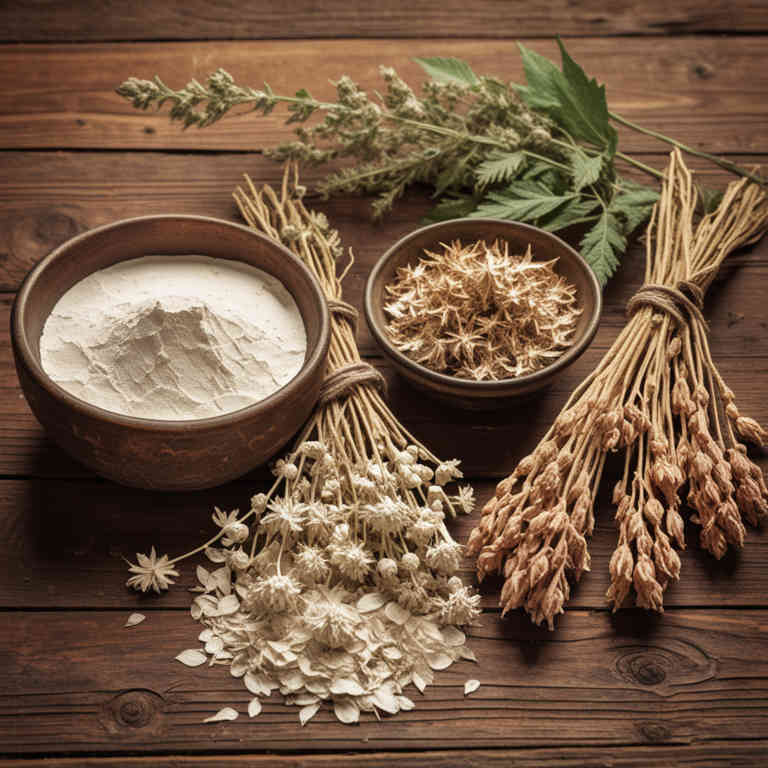
4. Syrups
Hydrastis canadensis syrups is commonly used to treat digestive issues, skin conditions, and respiratory infections.
The most common medicinal uses include alleviating symptoms of indigestion, reducing inflammation in the skin, and easing coughs and bronchitis. These syrups are also used for their antimicrobial and anti-inflammatory properties. The bioactive constituents responsible for these effects include berberine, canadine, and hydrastine, which have antibacterial, antifungal, and anti-inflammatory actions.
These compounds contribute to the plant's traditional use in herbal medicine.
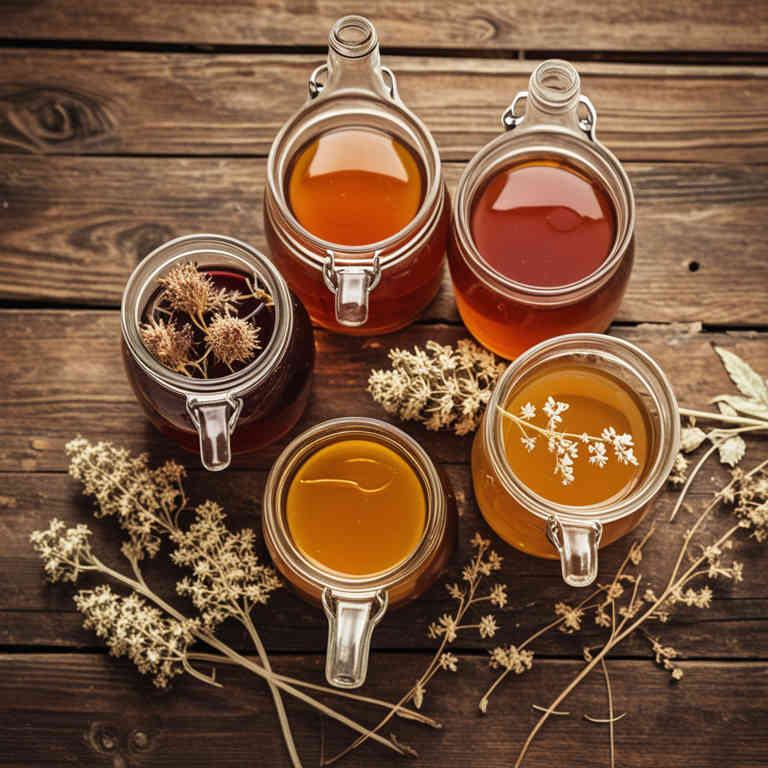
5. Capsules
Hydrastis canadensis capsules is commonly used to support digestive health, treat skin conditions, and promote oral hygiene.
They are frequently used to alleviate symptoms of indigestion, ulcers, and inflammatory bowel diseases. The capsules are also applied topically for acne and other skin infections. The most common medicinal uses include treating gastrointestinal disorders, improving oral health, and managing skin conditions.
The bioactive constituents responsible for these effects include berberine, hydrastine, canadine, and other alkaloids that exhibit antimicrobial, anti-inflammatory, and antioxidant properties.
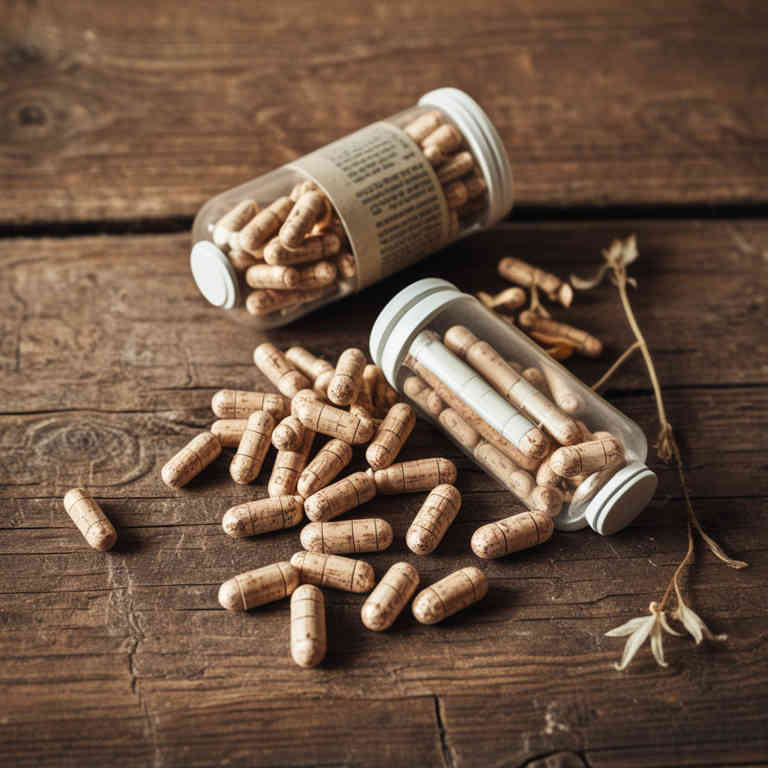
6. Lozenges
Hydrastis canadensis lozenges is commonly used to treat respiratory and oral health conditions such as sore throat, cough, and gum disease.
These lozenges are also used for their antimicrobial and anti-inflammatory properties, making them effective for reducing inflammation and fighting infections in the mouth and throat. The most common medicinal uses include alleviating symptoms of colds, flu, and dental issues. The bioactive constituents responsible for these effects include alkaloids such as berberine, hydrastine, and canadine, which have antimicrobial, anti-inflammatory, and immune-modulating properties.
These compounds work together to support the body's natural defenses and promote healing.
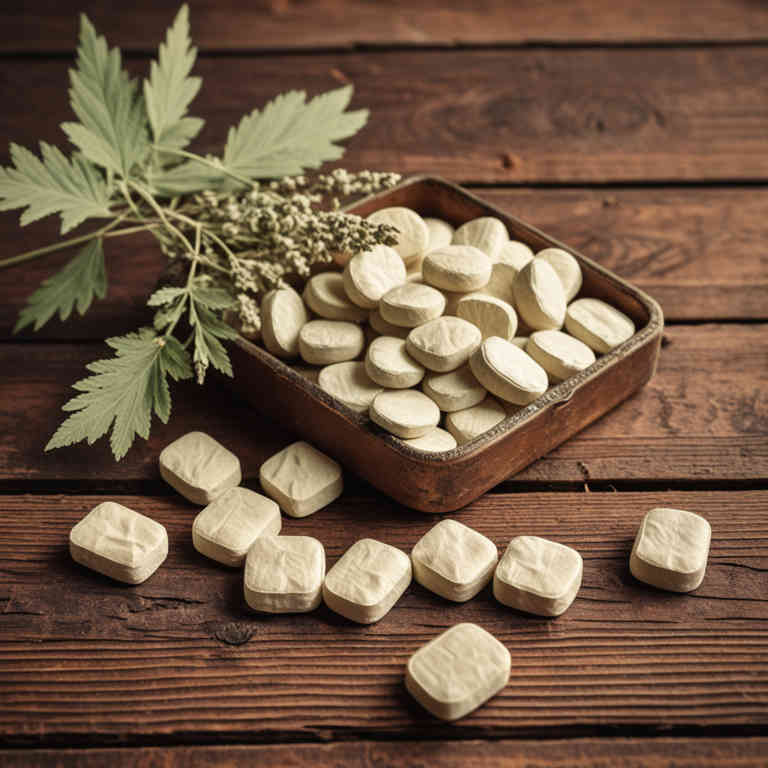
7. Creams
Hydrastis canadensis creams is commonly used to treat skin conditions such as eczema, psoriasis, and fungal infections due to their antimicrobial and anti-inflammatory properties.
These creams are often applied topically to reduce redness, itching, and inflammation associated with various dermatological issues. The most common medicinal uses include treating acne, warts, and other skin blemishes, as well as supporting wound healing. The bioactive constituents responsible for these effects include berberine, hydrastine, and canadine, which possess antimicrobial, anti-inflammatory, and antioxidant properties.
These compounds work synergistically to combat bacterial and fungal infections while promoting skin health.
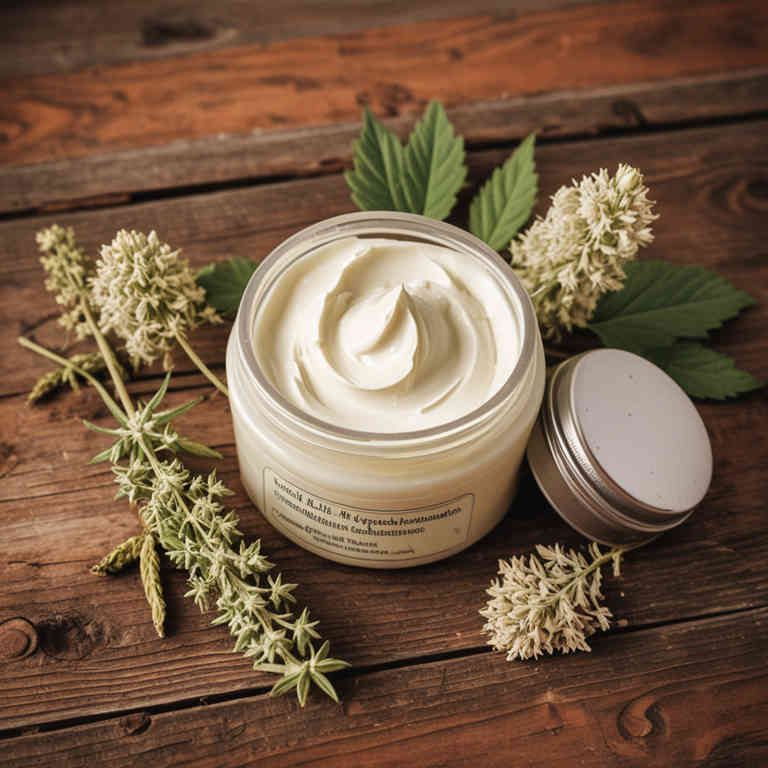
8. Linctuses
Hydrastis canadensis linctuses is commonly used to treat respiratory conditions such as coughs, bronchitis, and sore throat due to its expectorant and antimicrobial properties.
The most common medicinal uses include alleviating symptoms of respiratory infections, reducing inflammation in the airways, and promoting the removal of mucus from the lungs. The bioactive constituents responsible for these effects include alkaloids such as berberine, hydrastine, and canadine, which possess antimicrobial, anti-inflammatory, and mucolytic activities. Additionally, the presence of flavonoids and tannins contributes to its soothing and protective effects on the mucous membranes.
These compounds work synergistically to support respiratory health and ease discomfort associated with various respiratory ailments.
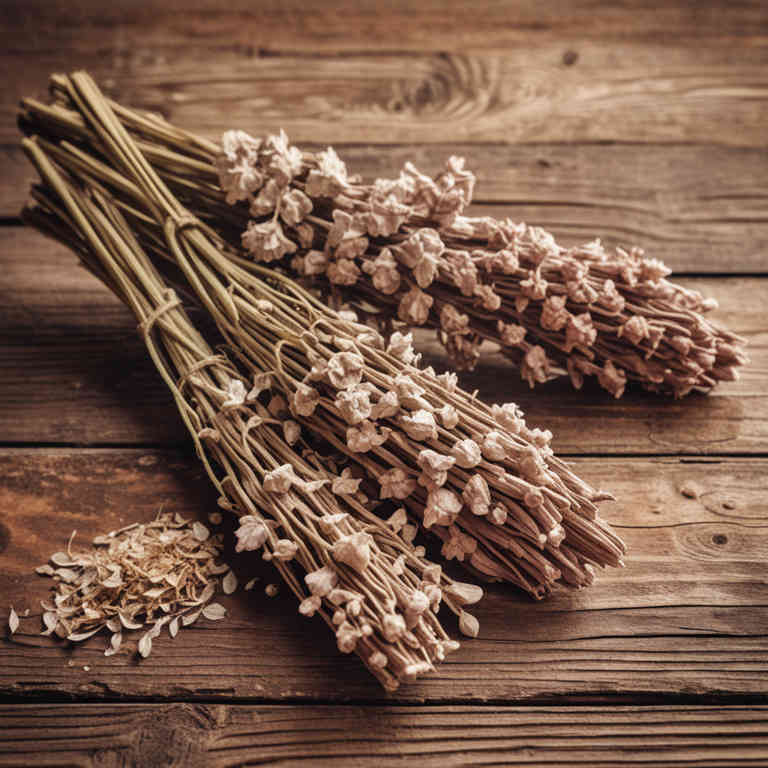
9. Mucillages
Hydrastis canadensis mucillages is commonly used to treat gastrointestinal disorders, skin conditions, and infections due to its anti-inflammatory, antimicrobial, and soothing properties.
The mucillages, which are gel-like substances, are often employed to alleviate symptoms of digestive issues such as ulcers, gastritis, and irritable bowel syndrome. They are also used topically for wounds, eczema, and other skin irritations. The bioactive constituents responsible for these effects include alkaloids like berberine, which has antimicrobial properties, and mucilage polysaccharides that form a protective barrier in the digestive tract.
Additionally, flavonoids and other phytochemicals contribute to its anti-inflammatory and healing capabilities.

10. Oinments
Hydrastis canadensis oinments is commonly used to treat skin conditions such as eczema, psoriasis, and fungal infections due to its antimicrobial and anti-inflammatory properties.
These oinments are also applied to alleviate symptoms of oral ulcers and digestive tract irritations. The most common medicinal uses include addressing skin infections, digestive issues, and oral inflammation. The bioactive constituents responsible for these effects include berberine, hydrastine, canadine, and other alkaloids that possess antimicrobial, anti-inflammatory, and antidiarrheal properties.
These compounds work synergistically to provide the therapeutic benefits associated with Hydrastis canadensis oinments.
